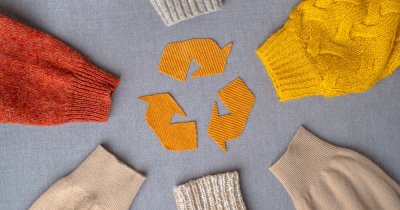Euronews.green writes that scientists at the University of Technology Sydney used advanced computing models to find out what happens when we inhale microplastics and where these nanoparticles infiltrate in our bodies.
Microplastics are very small plastic particles, usually between 0.001 and 5 millimeters, which are being generated through the decomposition of large plastic objects, such as bottles, containers and even clothes made with synthetic materials. Cosmetics and personal care products are also big microplastic sources, researchers warned.
Dr Suvash Saha, lead author of the study, said that "plastic particle air pollution is now pervasive and inhalation ranks as the second most likely pathway for human exposure." Currently, humans come into contact with microplastics most often through eating and drinking.
Breathing patterns play a big role in what kinds of microplastics we inhale. For example, faster and deeper breathing allows larger particles to get into our respiratory system, while slower breaths don't offer much protection, either. That's because this pattern allows the smallest nanoparticles to infiltrate deeper in our lungs, from where they can reach the deeper tissue.
Irregular-shaped microplastics can also be more dangerous, as these can pass our natural filtration system more easily. Following the study, researchers believe that microplastic inhalation can lead to dangerous respiratory system diseases, such as shortness of breath or asthma.
 Mihai - Cristian Ioniță
Mihai - Cristian Ioniță












Any thoughts?